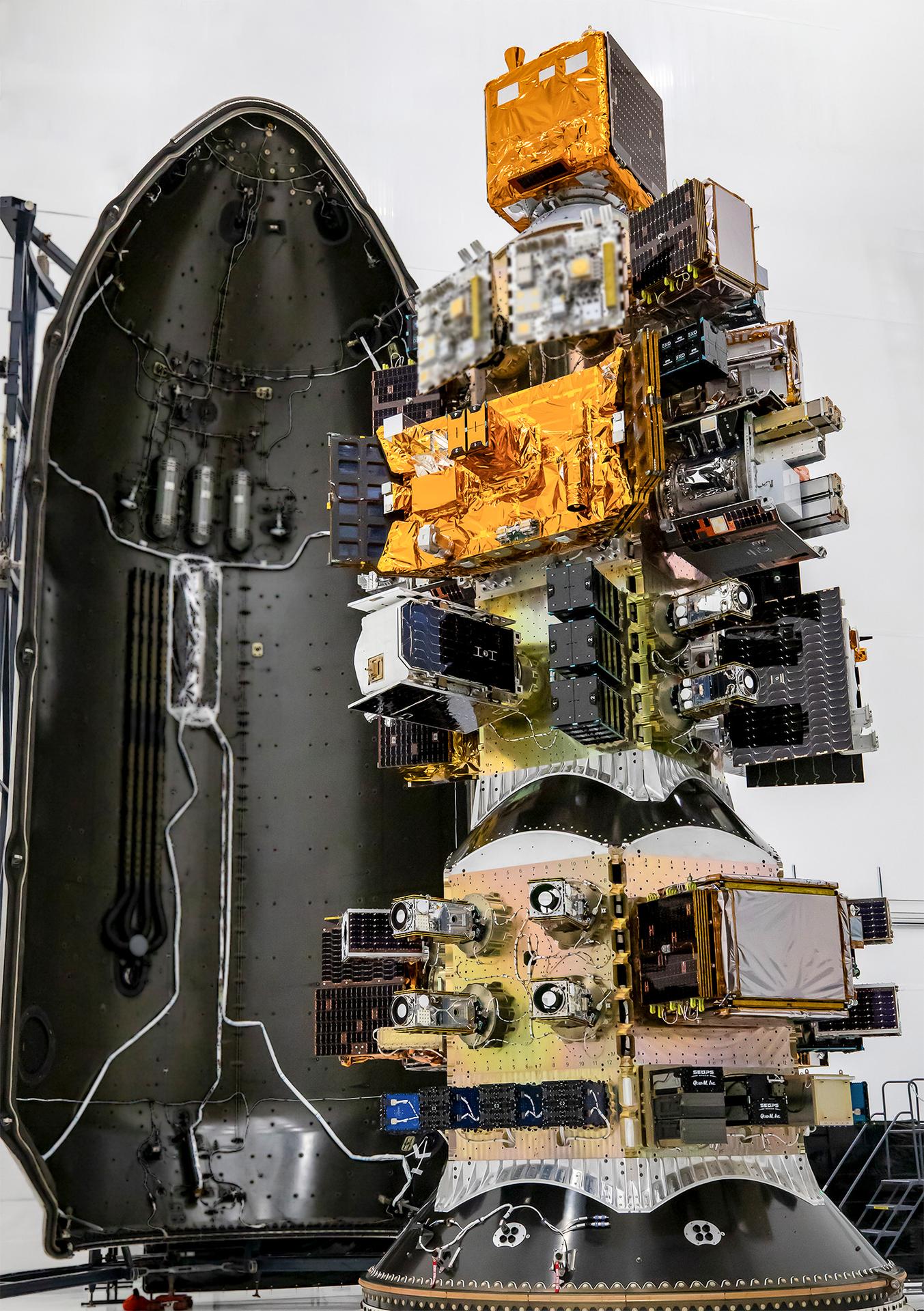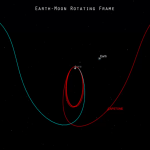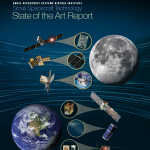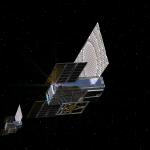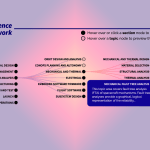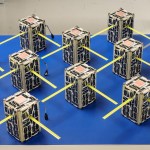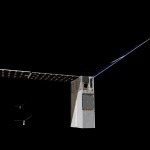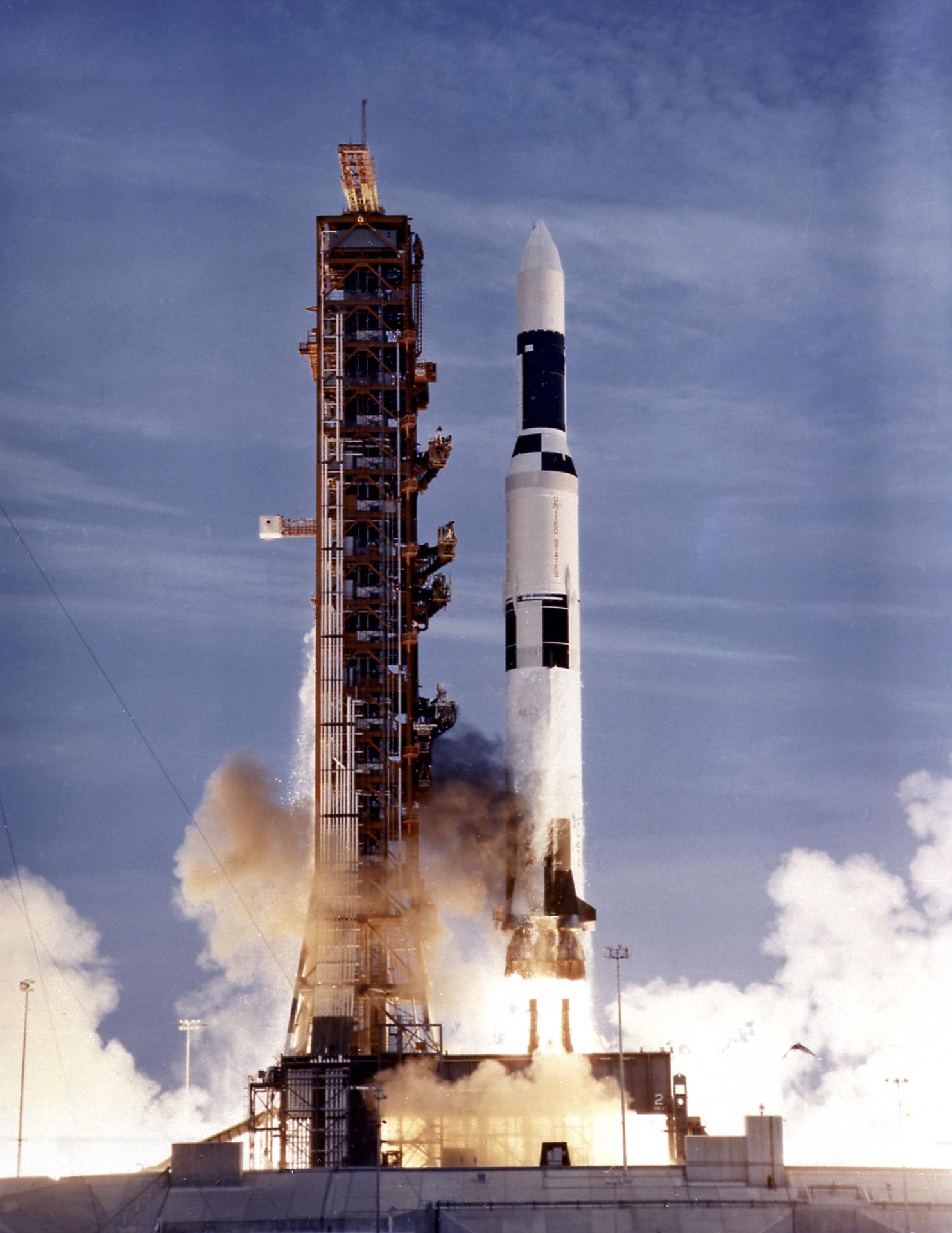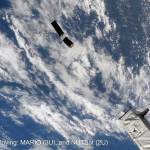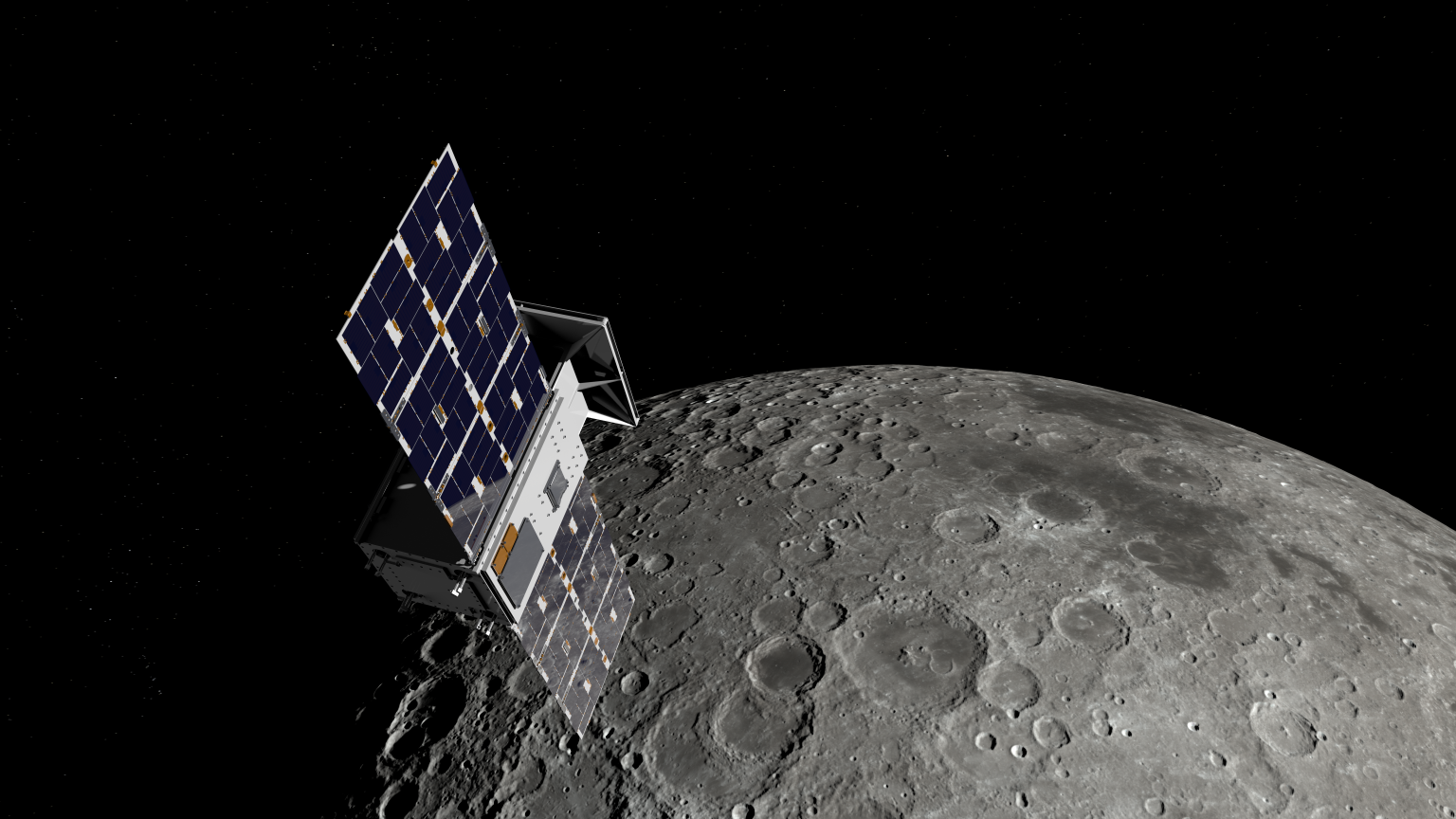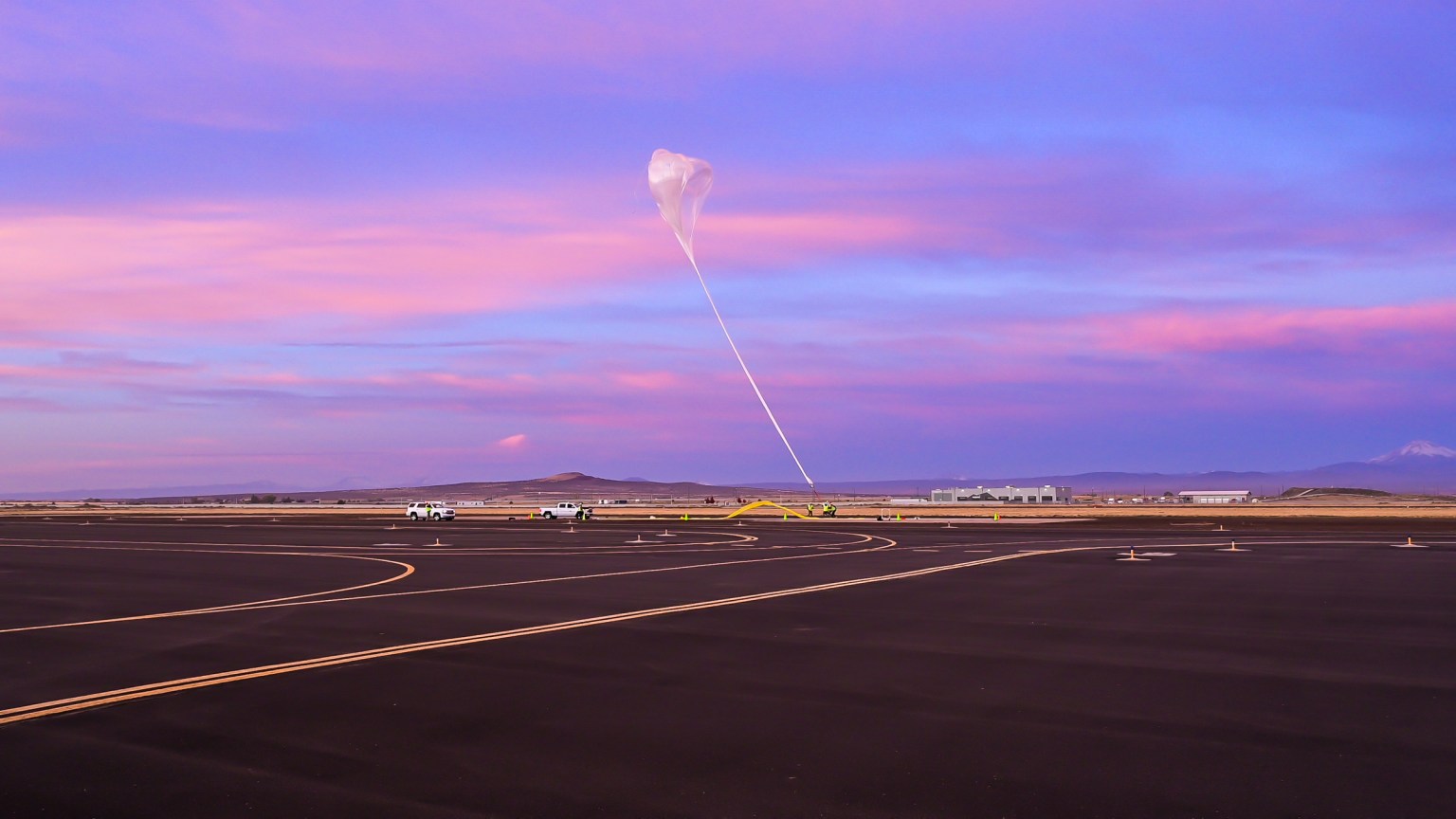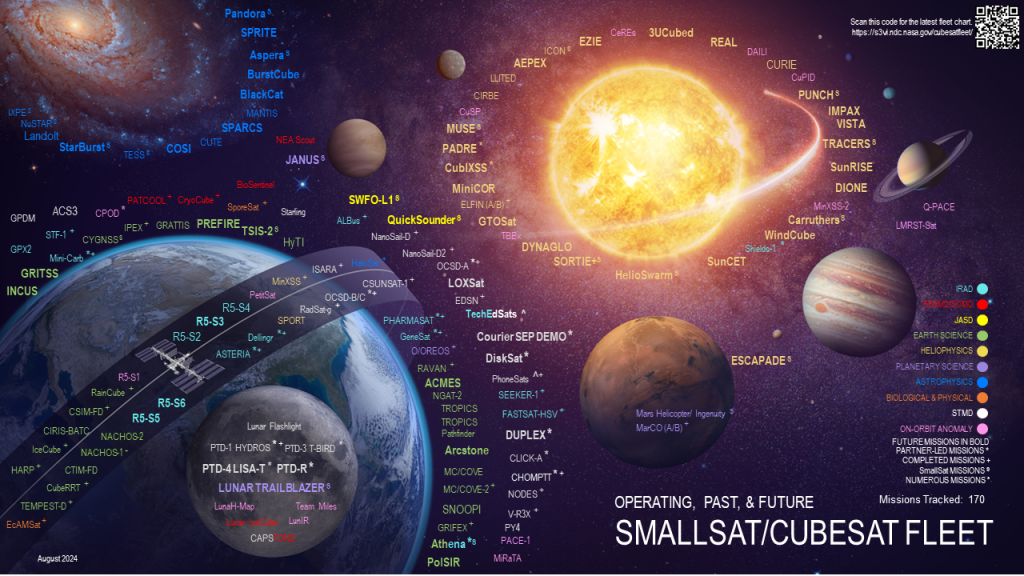
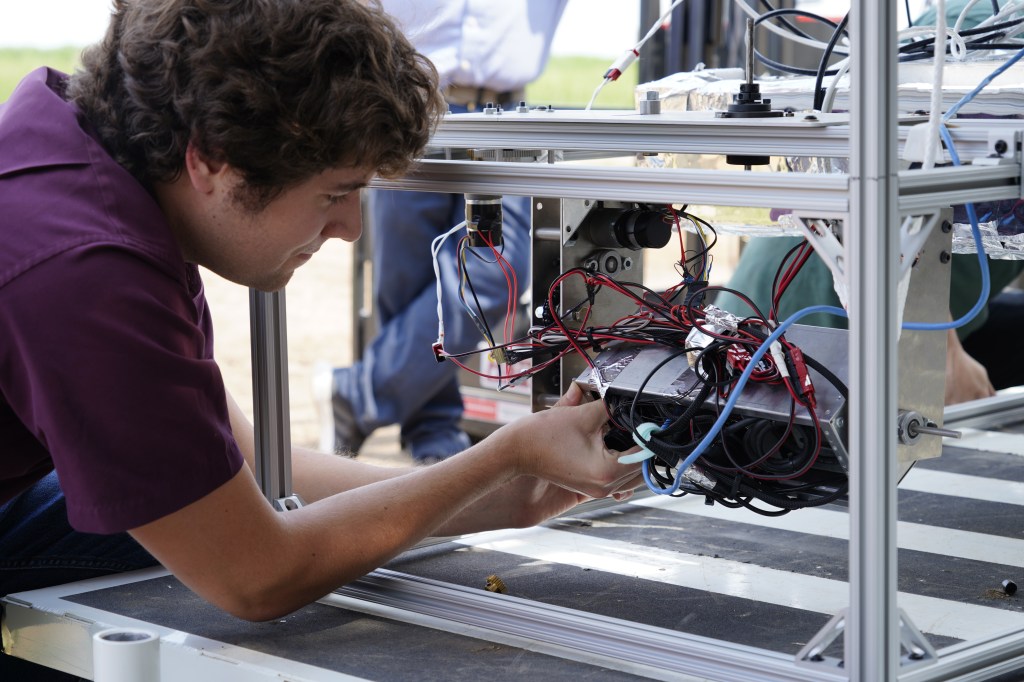

Small Spacecraft Systems Virtual Institute
The Small Spacecraft Systems Virtual Institute (S3VI) is chartered to perform the following: establish effective conduits for collaboration and the dissemination of information to increase overall awareness of NASA small spacecraft programs, opportunities and activities; capture and share best practices, emerging technology opportunities, and data; facilitate and execute special studies; and conduct external workshops and public events to share mission-enabling information with the small spacecraft community.
Iconic ✨
Our Starling mission was honored with a 2025 SpaceNews Icon Award for Innovative Technology for its work advancing cooperative space systems.
Since launching to low Earth orbit in July 2023, the four CubeSats have flown, communicated, and shared information with limited involvement from ground teams. They’ve demonstrated autonomous navigation, coordination with other satellites to improve traffic in orbit, and collected multi-point science data as a swarm of small spacecraft.
Congratulations, Starling team!

Recent SmallSat News
State-of-the-Art Small Spacecraft Technology
The objective of this report is to assess and provide an overview of the state of the art in small spacecraft technologies for mission designers, project managers, technologists, and students.
Learn More about State-of-the-Art Small Spacecraft Technology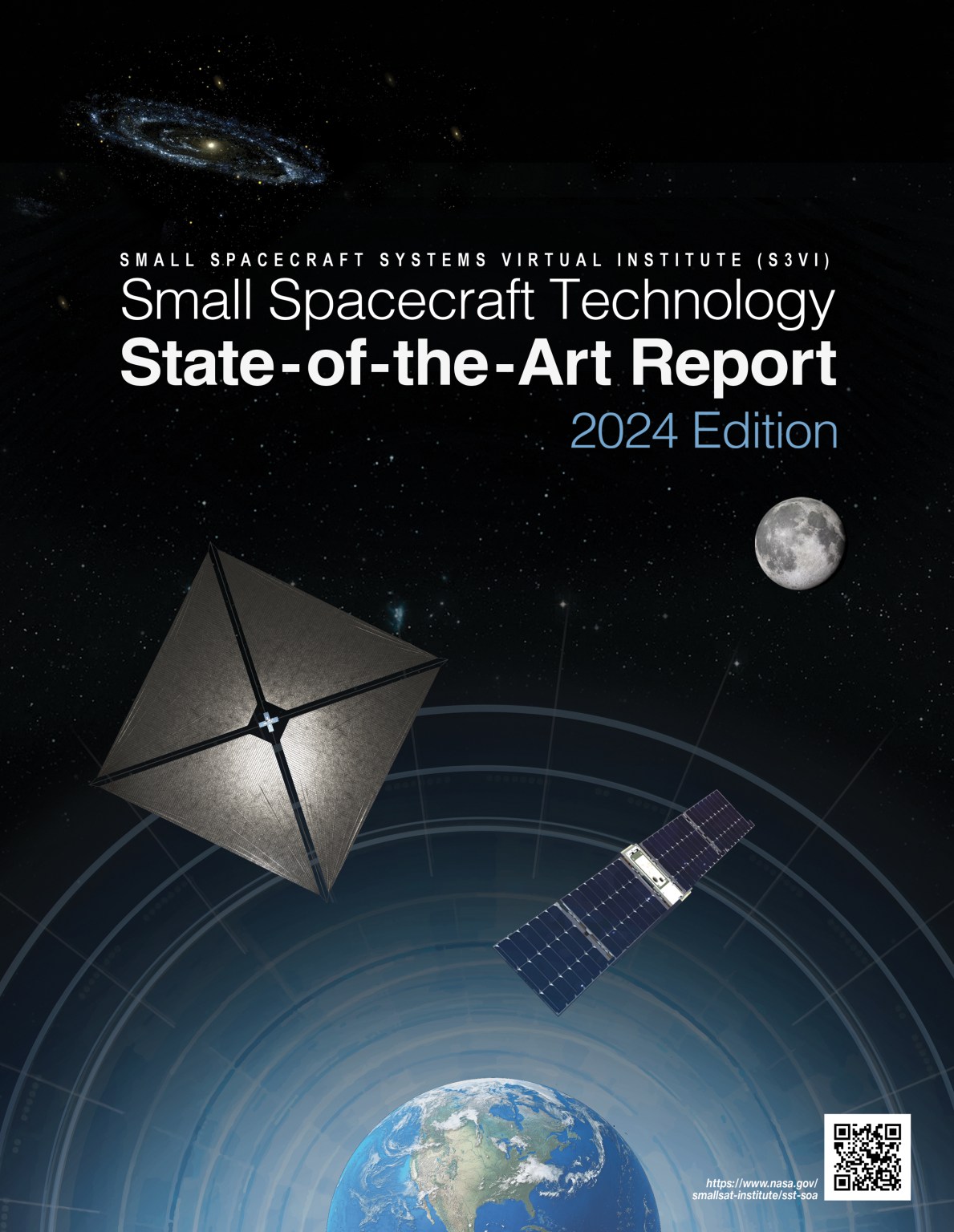
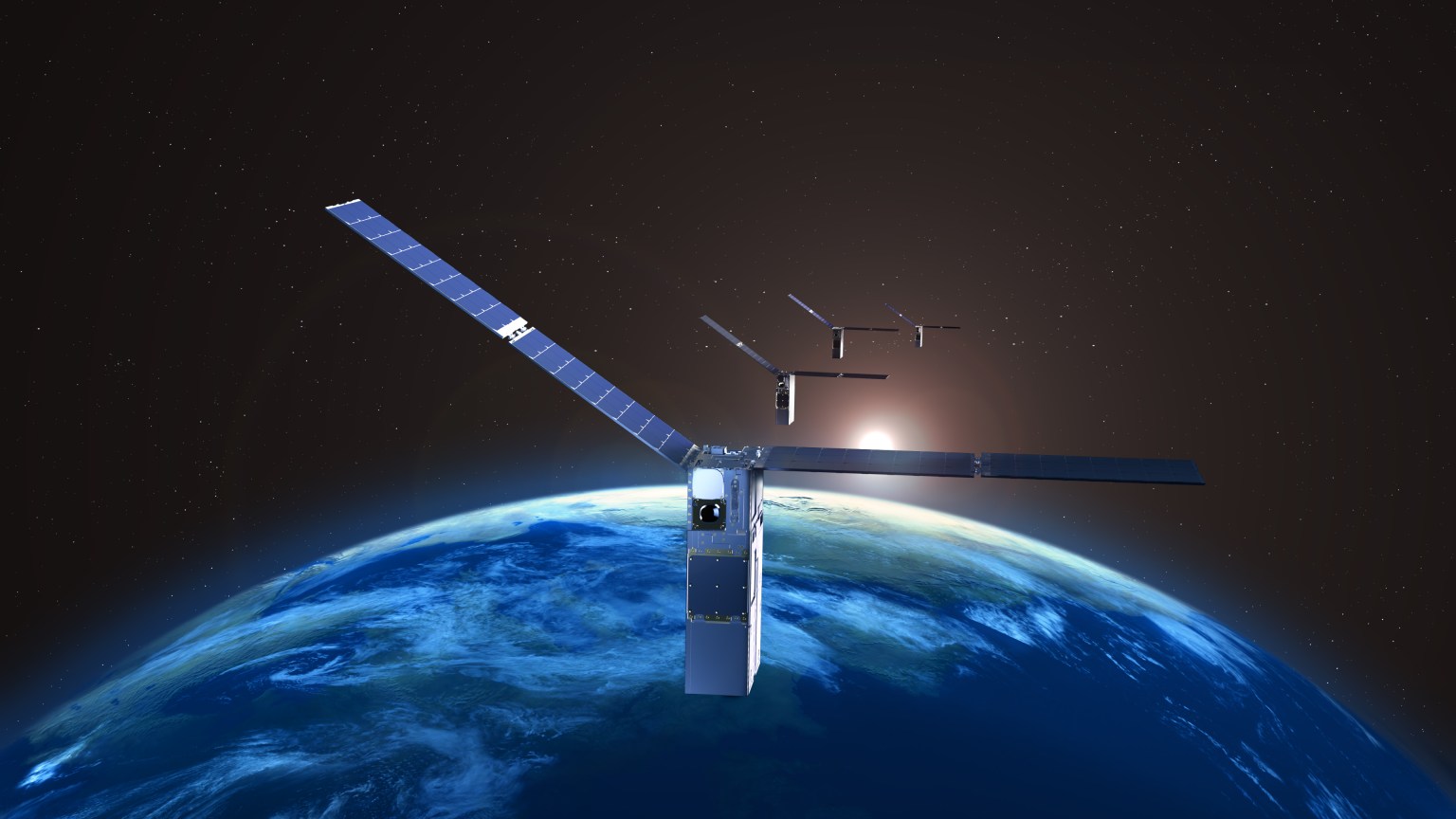
Technology Tools and Resources
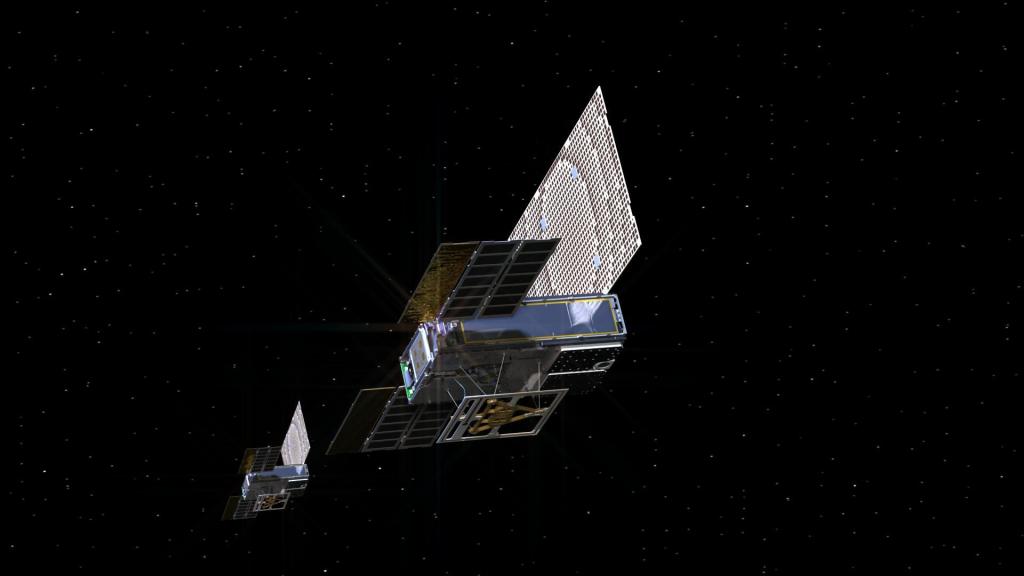
SmallSat Reliability Initiative Knowledge Base
A comprehensive online tool that consolidates and organizes resources, best practices, and lessons learned from previous small satellite missions. This tool aims to improve mission confidence for future small spacecraft.
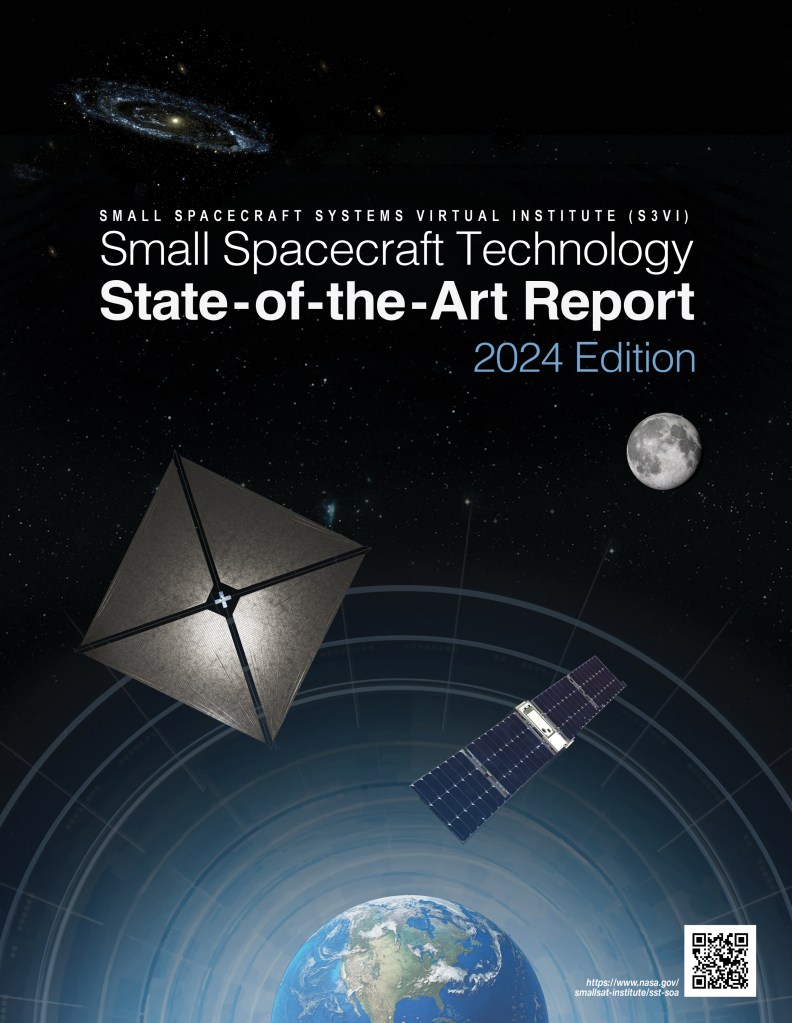
Small Spacecraft Technology State-of-the-Art Report
This report focuses on the spacecraft system in its entirety, provides current best practices for integration, and then presents the state of the art for each specific spacecraft subsystem.
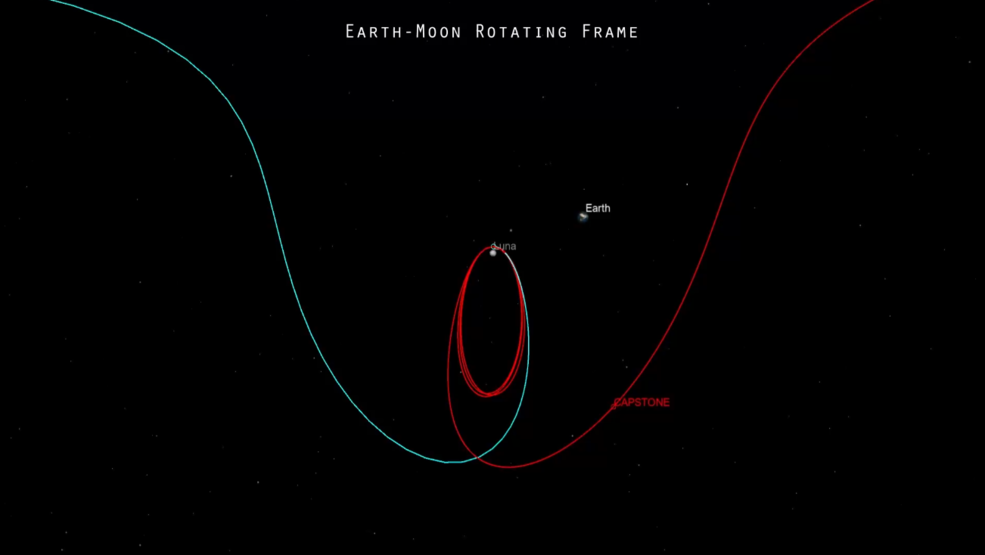
Space Mission Design Tools
A list of software tools found useful in the development of small spacecraft missions. This list is restricted to publicly available software from NASA or the Open Source community.
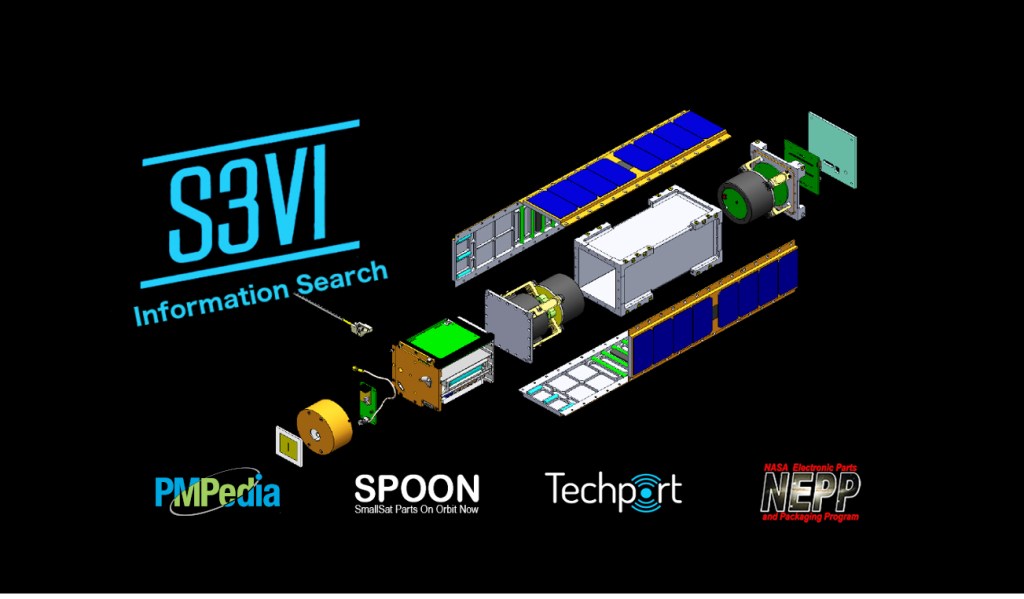
Small Spacecraft Information Search
S3VI's federated search capability serves as an entry point to the SmallSat Parts On Orbit Now (SPOON) database and other NASA-internal and external databases to allow the public to search multiple databases for small spacecraft parts, technologies and conference proceedings.
New to SmallSats?
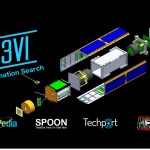
Small Spacecraft Information Search
S3VI's federated search capability serves as an entry point to the SmallSat Parts On Orbit Now (SPOON) database and other NASA-internal and external databases to allow the public to search multiple databases for small spacecraft parts, technologies and conference proceedings.
Work With Us
Learn More about Work With Us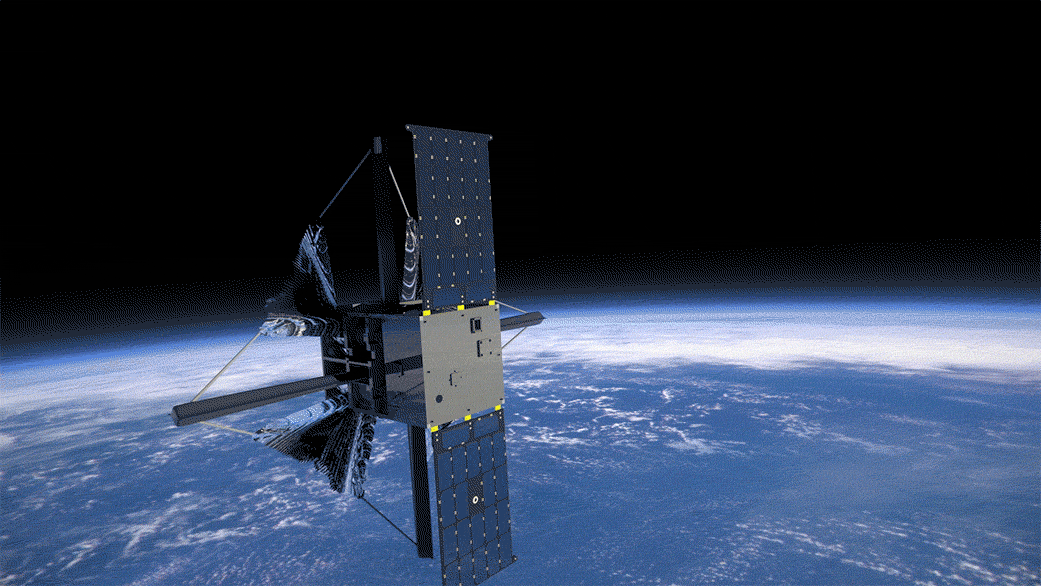
The Launch Portal
The significant rise in interest in small satellite technology development and rapid access to space by university, industry, and government organizations has enabled a new industry that facilitates ride sharing on launch vehicles delivering payloads to particular orbits, with specific launch dates and rideshare adapters to meet their particular requirements. A challenge for those developing small satellites continues to be access to an efficient way to find these launch opportunities. The Launch Portal is a resource to provide SmallSat/CubeSat developers an opportunity to find potential secondary launch opportunities on flights that may be able to support upcoming NASA SmallSat/CubeSat missions.
Learn More

























